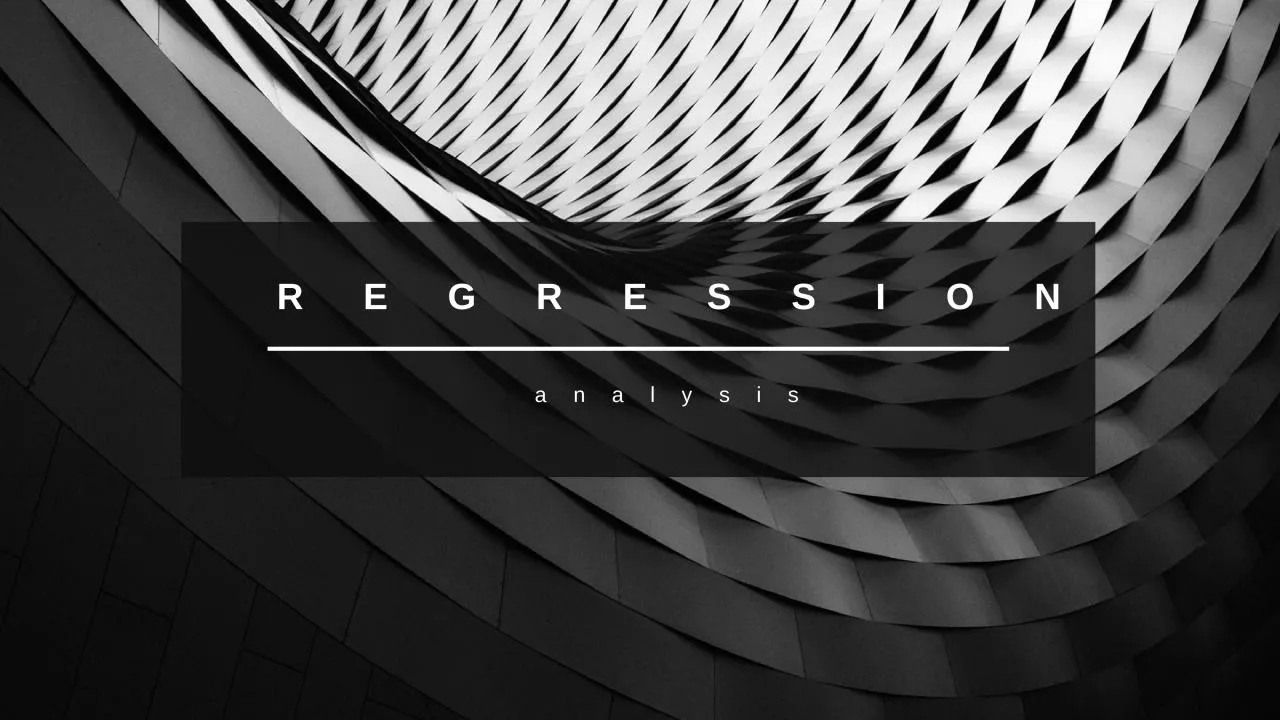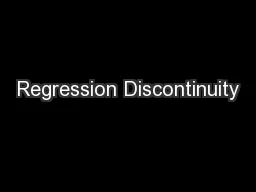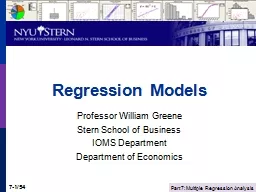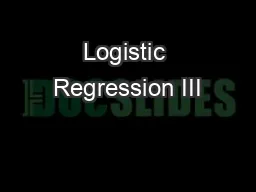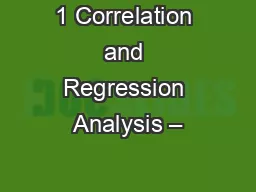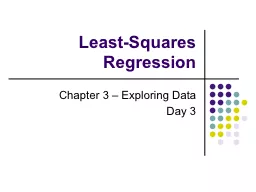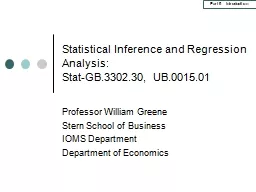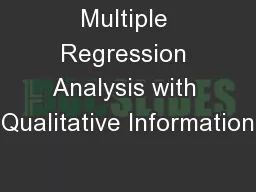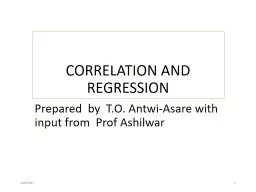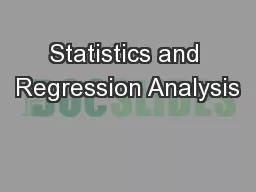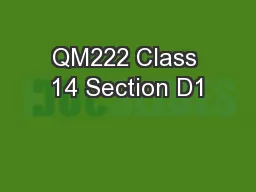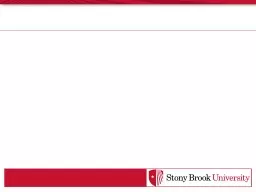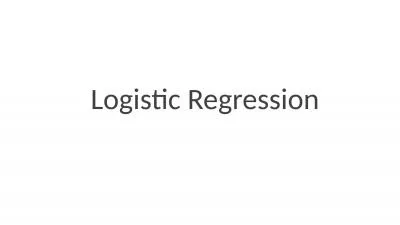PPT-REGRESSION analysis SECTION 1
Author : madison | Published Date : 2023-10-31
INTRODUCTİON HISTORY 18221911 Sir Galton REGRESSION WAS COINED 1805 LENARDE METHOD OF LEAST SQUARES 1809 GAUSS METHOD OF LEAST SQUARES HISTORY 18571936
Presentation Embed Code
Download Presentation
Download Presentation The PPT/PDF document "REGRESSION analysis SECTION 1" is the property of its rightful owner. Permission is granted to download and print the materials on this website for personal, non-commercial use only, and to display it on your personal computer provided you do not modify the materials and that you retain all copyright notices contained in the materials. By downloading content from our website, you accept the terms of this agreement.
REGRESSION analysis SECTION 1: Transcript
Download Rules Of Document
"REGRESSION analysis SECTION 1"The content belongs to its owner. You may download and print it for personal use, without modification, and keep all copyright notices. By downloading, you agree to these terms.
Related Documents

